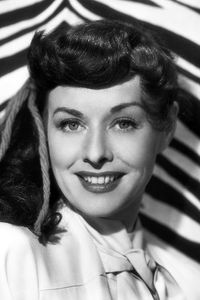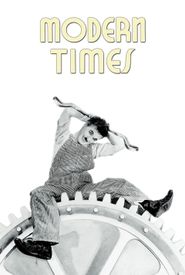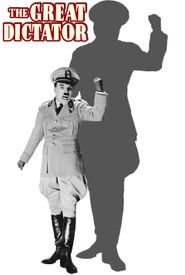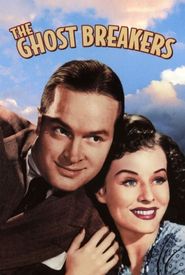Paulette Goddard's life was a fascinating tale of glamour, talent, and drama. Born to be a star, she made her debut in the Ziegfeld Follies at the tender age of 13, captivating audiences as the girl on the crescent moon. Her striking beauty and charming on-screen presence quickly made her a household name, and she was married to wealthy Edgar James by the time she was just 17.
However, her marriage was short-lived, and after her divorce, Paulette set her sights on Hollywood, making her way to the West Coast in 1931. Initially, she appeared in small roles for various studios, but it wasn't long before her stunning natural beauty and captivating charm caught the attention of director Eddie Cantor, who cast her as a "Goldwyn Girl" in The Kid from Spain (1932).
It was in 1932 that Paulette met the legendary Charles Chaplin, and the two soon became inseparable. Chaplin cast her in the hit film Modern Times (1936),but her movie career began to stall due to her high-profile relationship with the director. The two were secretly married in 1936, but their union ultimately failed, and they were separated by 1940.
Despite this setback, Paulette's career continued to flourish, thanks in part to her iconic role as Miriam Aarons in The Women (1939),which earned her a contract with Paramount Pictures. She was also a contender for the role of Scarlett O'Hara in Gone with the Wind (1939),but ultimately lost out to Vivien Leigh. Instead, she appeared alongside Bob Hope in The Cat and the Canary (1939),a film that, although well-received, couldn't match the enduring popularity of GWTW.
The 1940s were Paulette's busiest period, during which she worked with some of the biggest names in Hollywood, including Chaplin in The Great Dictator (1940),Cecil B. DeMille in Reap the Wild Wind (1942),and Burgess Meredith in The Diary of a Chambermaid (1946). Her performance in So Proudly We Hail! (1943) even earned her an Academy Award nomination for Best Supporting Actress.
However, Paulette's star began to fade in the late 1940s, and she was eventually dropped by Paramount in 1949. After a few "B" movies, she left the film industry behind and moved to Europe, where she lived a life of luxury as a wealthy expatriate. She married German novelist Erich Maria Remarque in the late 1950s and made a brief comeback to the screen in the 1972 television movie The Female Instinct.









































































